The Future Home Interior Design: Creating
Spaces for Tomorrow
The notion of house interior design is growing at an unprecedented rate as we stand on the verge of the future. The future home interior design offers an elegant combination of technology, sustainability, and practicality, in addition to beauty. Join us as we explore the exciting trends and opportunities available in the area of future home interior design.
Future home Interior Design with Sustainable Living at the Core
With increased awareness of environmental challenges, the future of home interior design is significantly influenced by sustainability. Homeowners are adopting a more thoughtful and responsible approach to decorating their houses, from eco-friendly materials to energy-efficient designs.
The Combination of Technology in future home interior Design
The future home interior design is a blank canvas on which technology blends effortlessly with design, boosting both beauty and usefulness. Consider smart mirrors that display individualized daily calendars or walls that change color with a touch. From automatic lighting to elegant appliances, technology is becoming an intrinsic component of the design story.
Interior Design with Smart Furniture for Smart Living
Furniture in the future will be more than simply somewhere to sit or sleep; it will be smart, simple to use, and mindful. Consider a sofa that changes its hardness based on your posture, or a bed that learns your sleeping habits. The future of home interior design is individualized, providing a unique experience for each person.
3 in 1 Sleeper Sofa Couch Bed
Transformative Furniture
Furniture that serves dual or multiple purposes will become commonplace. Think coffee tables that convert into desks or walls that can be moved to create different room configurations. The emphasis is on optimizing space without compromising on comfort and functionality.
Rotating Desk, Reversible Computer Desk with 5 Shelves
Lift Top Coffee Table with Storage
Smart Lighting
Lighting plays a crucial role in creating an impression and setting the mood in a home.Exhaust Fan with Light
Dimmable LED Canless Lighting
Bringing Nature Indoors Through Biophilic Design
Biophilic design, which incorporates natural elements into the home, is becoming more popular. Indoor gardens, living walls, and huge windows will connect occupants with the outdoors in the future house. This not only improves the visual attractiveness of the interior design but also adds to a healthier and more improved living environment.
Biophobic design seeks to re-establish a link between humans and the natural world by incorporating natural elements like as plants, natural light, and natural materials into interior space.
Circular and Up cycling Design
The trash mentality is giving way to a more circular design approach. Up cycling, reusing existing furniture, and the use of recycled materials are becoming increasingly important in interior design. Sustainability will be embraced not only as a fad but as a basic idea in the future home
Flexible and Multi-Functional Spaces
The traditional concept of room functions is undergoing a transformation. The future home will be characterized by flexible, multi-functional spaces that adapt to the changing needs of its occupants.
These homes will be built with the capability to change their layout, functionality, and design to keep up with our changing lives and tastes.
The idea of a specialized home office is changing. Future home interior design will focus on flexibility, creating multi-functional spaces that can comfortably transform from a workspace to a relaxation area or an entertainment zone.
Consider a living room that can be turned into a movie theater at home with the press of a button, or a bedroom that can be converted into a yoga studio in seconds. Adaptable rooms will transform how we use homes, making them more adaptable and efficient.
Open-Plan Living
Walls are practically falling. The future home interior design will have more open-concept living areas, with the kitchen, living room, and dining area blending. This not only generates a sense of space but also encourages a more collaborative and linked living experience.
Virtual and augmented reality in the future of home interior design
The rise of virtual and augmented reality is changing how we imagine our living places. Designers and homeowners may virtually walk around a home before construction, experimenting with layouts, colors, and furniture arrangement. This technology offers a degree of customization and accuracy in interior design for a future home that has never been seen before.
Conclusion
As we step into the future, the world of home interior design unfolds with boundless possibilities. It's a world where technology, sustainability, and adaptability coalesce to create living spaces that are not just visually stunning but also conducive to the evolving needs of modern life.
FAQs (Frequently Asked Questions)
1Q: How can I integrate smart technology into my current home?
• Ans: Start with simple smart home devices such as thermostats, lights, and security systems. Expand gradually based on your tastes and requirements.
2.Q: Is sustainable interior design costly?
• Ans: While some eco-friendly materials may be more expensive up front, living sustainably can result in long-term savings on energy costs and servicing.
3. Q: Is it possible
to use virtual reality to rebuild my home on a budget?
• Ans: Yes, there are low-cost virtual reality tools and applications that allow you to see and test design modifications without incurring large costs.
4.Q: How can I make a flexible area in a small
home?
• Ans: Invest in multi-functional furniture, use vertical storage solutions, and consider furniture with wheels for quick rearranging.
5.Q: Is there anyone who specializes in future home interior design?
• Ans: Yes, interior designers who specialize in modern and futuristic design concepts may assist you in realizing your vision of the future home.
6.Q: What is the
future of house interior design?
Ans: Future house interior design is the discipline of imagining and developing living spaces that combine the newest trends, technology, and advances, anticipating the requirements and wishes of homeowners in the future.
7.Q: How may
technology improve future home interior design?
Ans: Technology can improve future home interior design by providing automation, connection, and energy efficiency.
Smart home systems, IoT integration, and sustainable technologies may transform our living spaces.
8Q: Is sustainable
design important in future home interior design?
Ans: Yes, sustainable design is essential for the future of house interior design. To achieve a greener and more eco-friendly future, we must include sustainable materials, energy-efficient technologies, and biophobic design concepts in our homes.
9.Q: Will future
homes have adaptable spaces?
Ans: Yes, future homes will include adjustable rooms. With shifting work and lifestyle dynamics, houses will need to be adaptable and versatile, allowing for seamless transitions between different tasks and activities.
10. Q: What are some
future house interior design trends?
Ans: Minimalism 2.0, nature-inspired color palettes, combined materials, smart lighting, and multisensory experiences are key themes in future home interior design.
These patterns indicate the future demands and preferences of homeowners.
11.Q: What are the
best ways to implement future house interior design ideas into my present home?
Ans: Start by organizing and simplifying your area to incorporate future home interior design ideas into your existing house.
Experiment with natural-inspired hues, blend various materials, enhance your lighting, and think about including sensory-engaging elements.
###****###



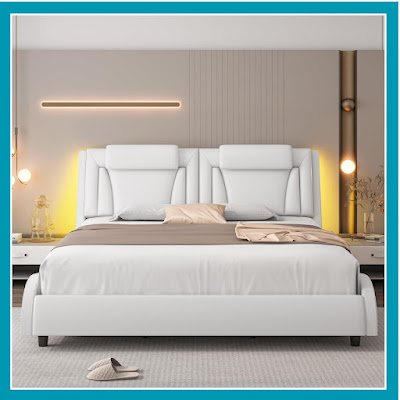
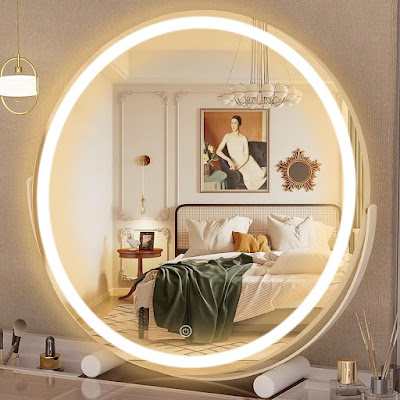
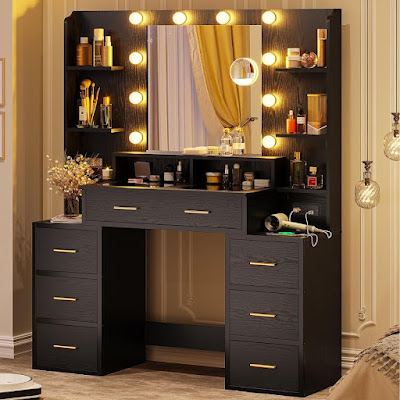
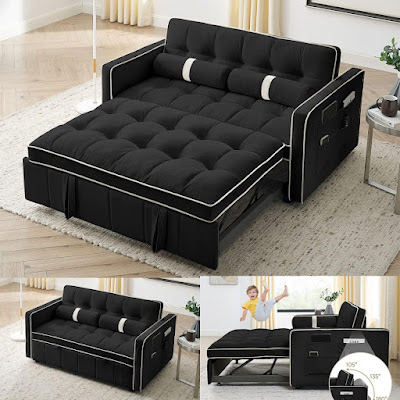

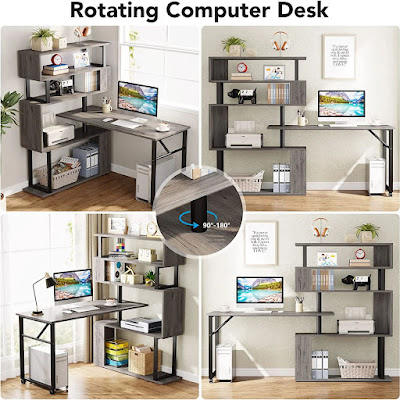
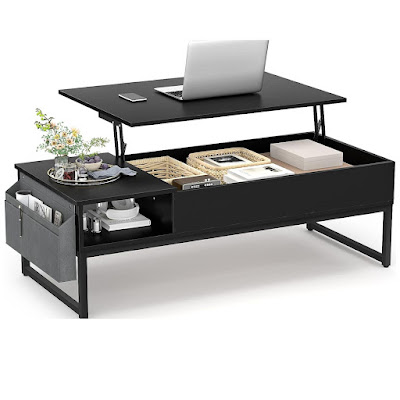
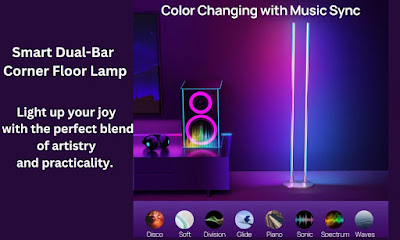
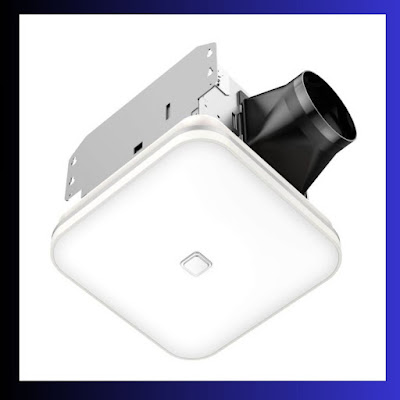
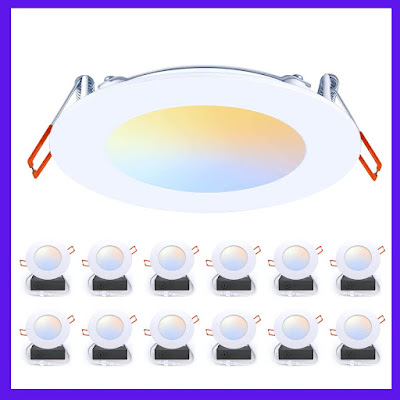


.jpg)








